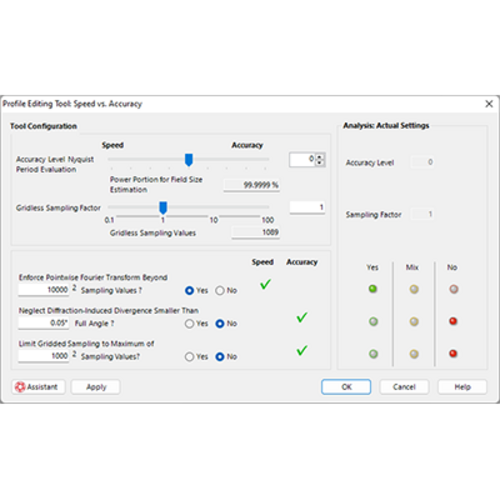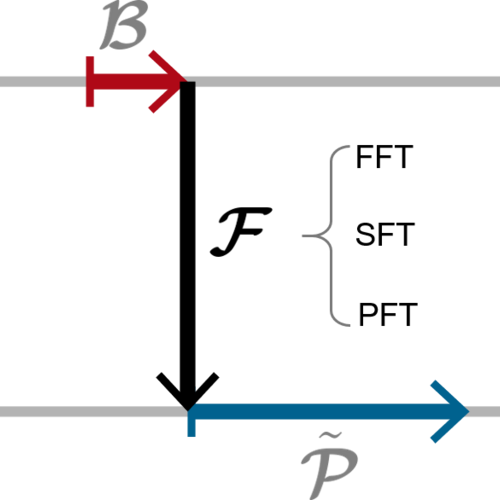Free Space Propagation Settings
Abstract
The free space propagation operator – connecting elements and surfaces which each other – is one of the most essential mathematical operations in the context of optical modeling and design. Performing the calculation of these operators as fast as possible becomes then crucial for a fast simulation of the system. For precisely this reason VirtualLab Fusion offers a catalog of different algorithms to calculate the Fourier transform – the mathematical foundation of the free space propagation operator - with varying levels of accuracy and sampling requirements, from which to select the most appropriate at each plane in the system where a Fourier transform operation is necessary.
It is a powerful, but complex, topic. This is why VirtualLab Fusion offers different options to configure how the choice between these algorithms is made, ranging from some pre-defined “configuration packages” that rely on an automatic decision-making process performed by the software in the background, all to the way to full pinpointed control of which Fourier transform algorithm must be used where.
In this tutorial we provide an overview of the different ways of controlling the selection of Fourier transform algorithms.
VirtualLab Fusion Configuration
-
 VirtualLab Fusion
VirtualLab Fusion



